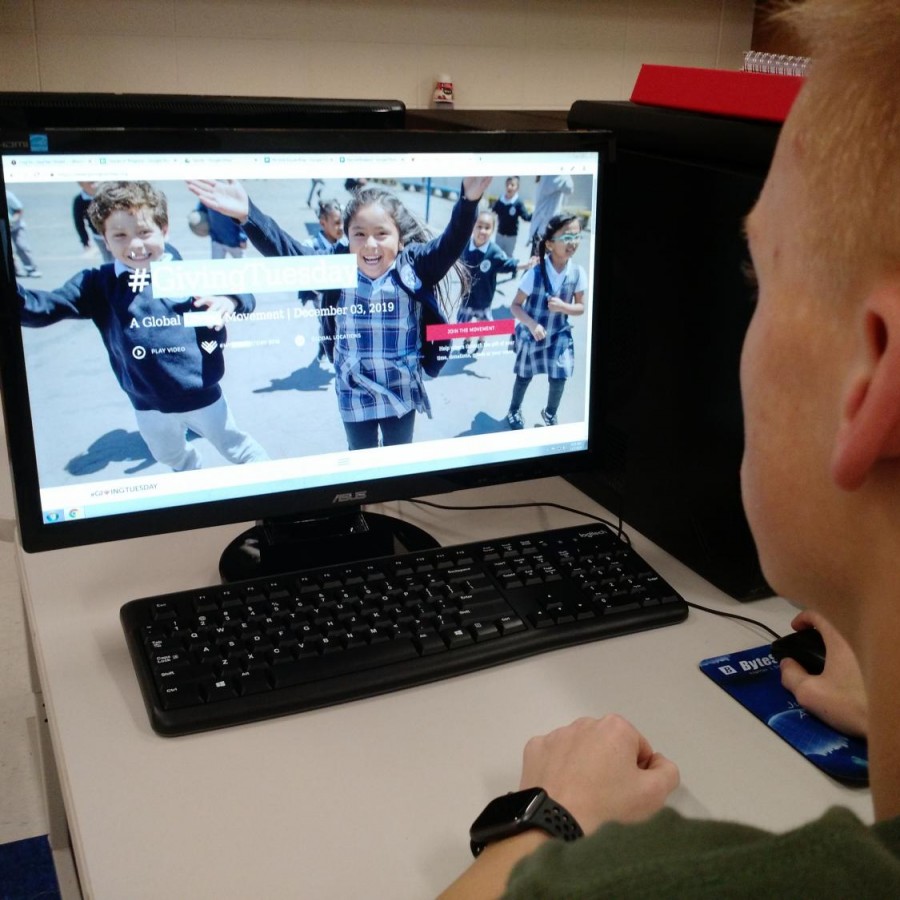Recently, black friday has outgrown a single day, with stores opening on Thanksgiving, and staying open until Friday. Afterwards, consumers are encouraged to go out into the community and support local businesses on Small Business Saturday. Customers are allowed a brief respite on Sunday but then encouraged to purchase more products from the comfort of their homes during Cyber Monday.
After all of these purchases on and shortly past Thanksgiving, people have coronated the Tuesday after Thanksgiving as Giving Tuesday. On the purpose of the holiday, Henry Timms, co-founder of Giving Tuesday, stated, “When we first conceived of #GivingTuesday, we imagined a way to use people’s collective power to overcome what divides us, and unite behind our shared values.” On the history of the day, Timm said, “Giving Tuesday … was launched seven years ago by the 92nd Street Y in New York City.”
“#GivingTuesday connects diverse groups of individuals, communities and organizations around the world for one common purpose: to celebrate and encourage giving”, said Timms. “A team of influencers and founding partners joined forces, collaborating across sectors, offering expertise and working tirelessly, to launch #GivingTuesday and have continued to shape, grow and strengthen the movement.”
Many of these donations are fairly small “The online average gift amounts exceeded $134”, according to Andy Segedin and Mark Hrywna of the nonprofit times. “I think it’s really cool that a lot of these donations are by people, not big businesses,” said Senior Justin Sehlin. “However, I think it would be more meaningful if people volunteered.”
Senior Nathan Wong also shares this view. He said, “While my family gave to charity for giving tuesday, it didn’t really take a lot of time or effort. I think it would have been much more rewarding if we had given our time instead.”
Many people in and outside of the United States did volunteer. According to Malito, “some [people] participated in a telethon for the California wildfire relief. Venezuelan volunteers distributed food to hungry people on the streets of Caracas and people in Puerto Rico continued efforts to rebuild their cities’ homes and beaches after Hurricane Maria.”
However, not all giving opportunities are legitimate. For example, Johnny Bobbitt, Kate McClure, and Mark D’Amico were charged with theft after running a fraudulent Gofundme campaign. According to River Donaghey of Vice,“Kate McClure claimed she was stranded on a Philadelphia roadway when a homeless man spent ‘his last $20’ to buy her gas and help her out”.
The resultant Gofundme campaign was able to raise over 400,000 dollars before being caught. However, fraudulent campaigns make up less than one tenth of one percent of all Gofundme campaigns, making it statistically improbable that a donation will go to waste. The only way to be 100% sure, however, is to volunteer time, or thoroughly research a cause.









